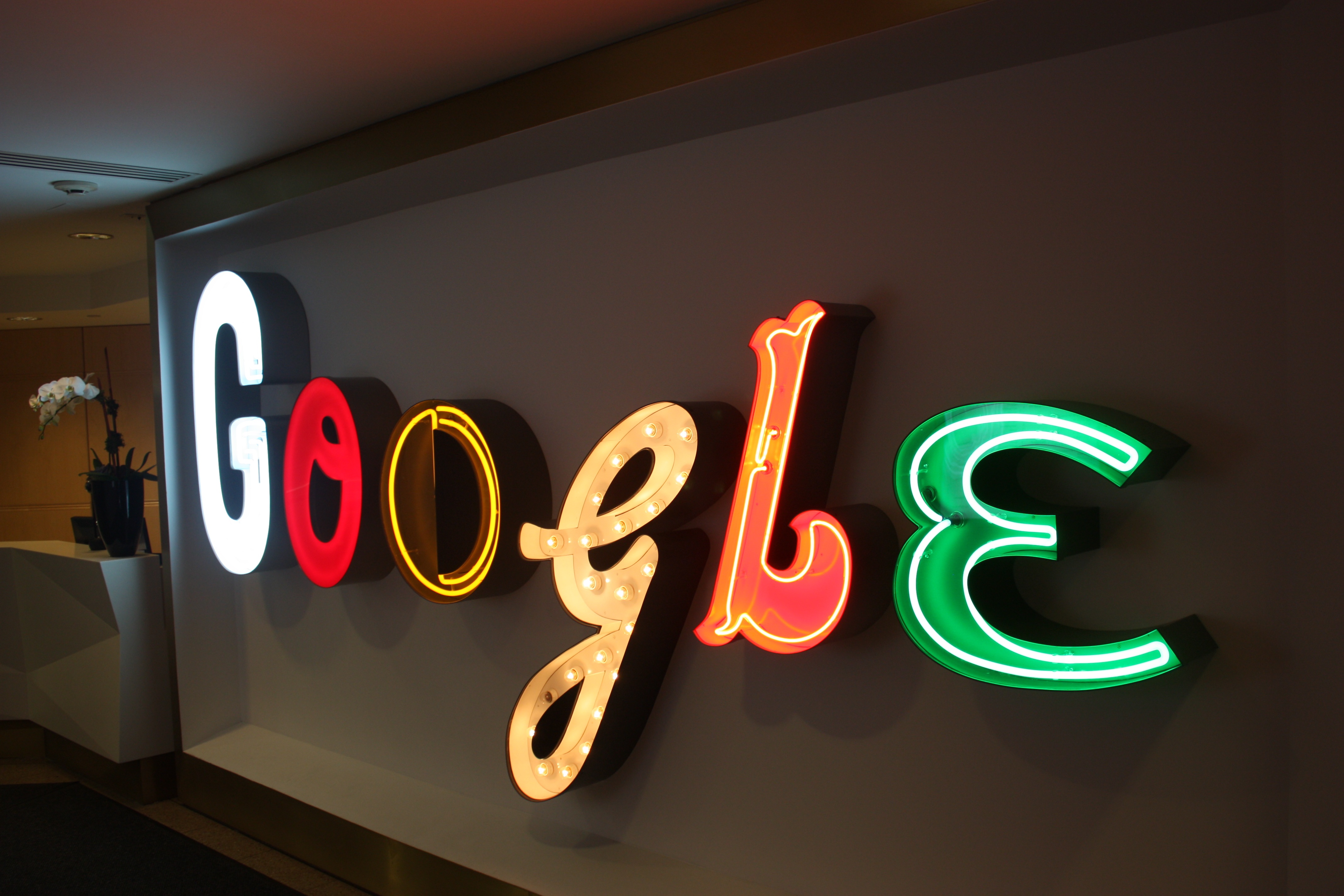We had the opportunity to visit Google NYC this week to learn firsthand about the upcoming changes to their flagship AdWords platform. It’s no secret that we live in a mobile world with more than 50 percent of searches conducted on Google come from mobile. Google continues to innovate in mobile to provide a compelling experience for users and make sure advertisers are able to reach consumers at key micro-moments.
Google continues to emphasize mobile-first, which means that the look of the SERP is changing in ways that favor the mobile experience. Of course, paid ads need to adapt to the mobile-first world as well, and Google has announced some new and interesting changes to AdWords that search marketers need to know about.
1. Expanded Text Ads
Google made the biggest change to text ads since AdWords launched 15 years ago. Advertisers will now have two 30-character headlines instead of the current 25-character headline and one 80-character line of description copy instead of two 35-character lines. Display URLs will automatically pull the landing page domain, but advertisers will be able to include up to two directory paths to describe the landing page content.
Google’s changes to AdWords is a reflection of today’s mobile-first world, where more than half of all searches conducted on Google are done via a mobile device. Google’s initial attempt of creating a unified experience across devices came in February when they killed off right side ads on desktop. Now with the constraints of desktop right-side ads gone, the recent changes are a natural progression from the super-sized headlines introduced a few years ago. Google can now streamline text ad formats across mobile and desktop.
If you are currently running a Google AdWords campaign, you will need to start optimizing your ad text to ensure optimal quality scores. Make sure your text ads are all rewritten to take full advantage of this new format. Google is giving you almost 2x more space with Expanded Text Ads so make sure you are using this to your advantage and dominate your competition that may be slow to adapt these changes.
2. Responsive Display Ads
Google is also introducing responsive display ads on the Google Display Network, meaning the ads adapt to the size of the viewer’s display screen. Advertisers simply need to provide a headline, description, image, and URL, and Google will generate ads that are visually appealing across a variety of potential screen sizes.
This is a really cool feature because it’s a pain to create ads for all the different formats (leaderboard, skyscraper, rectangle, square, etc). Google is eliminating this hassle with Responsive Display Ads, which will figure out the best format for your ad depending on where it is being served.
3. New Local Search Ads on Google Maps
Now that nearly one-third of all mobile searches are related to location, Google is looking for more ways to connect marketers with users walking, biking, driving and otherwise commuting around any given city.
Google is unveiling the “next generation” of local search ads. Google Maps already allows businesses to advertise store locations based on search keywords. The new feature will show ads automatically to users along their driving route. These new ads will appear within Google Maps and include brand logos and offers that will appear directly on the surface of the map, rather than just alongside the map. For example, if you were to search on Google Maps for “electronics store”, you may see Best Buy’s logo on the map along with any promotional offers. These promotional offers from nearby businesses allow users to browse product inventories and menus from local restaurants.
Google Maps users will start to see promoted pins for nearby coffee shops, gas stations or lunch spots along their driving route. Local business pages are also getting a brand new look that encourages consumers to explore your store before they even walk in the door, adding new features like special offers and the ability to browse product inventory.
4. Improved Measurement of In-Store Conversions
Visits to your physical locations like hotels, auto dealerships, restaurants, and retail stores can use conversion tracking to help you see how your ad clicks influence store visits. AdWords can now help more businesses bridge the gap between digital and brick-and-mortar stores by measuring in-store conversions. This isn’t necessarily a new feature but it’s still a pretty big deal. In-store conversions will become more widely available to more types of businesses, which is critical considering 90 percent of sales will happen in stores, as opposed to online.
Google simply looks at phone location history to determine whether the person who searched and clicked on your ad ended up walking into the store. Google used Nissan as a good case study for this feature, which discovered 6 percent of people who clicked on ads went to the dealership, resulting in 25x ROI.
5. Changes to Device Bidding
Google now allows the ability to set mobile bids, desktop bids, and tablet bids independently or make them dependent on each other. This gives advertisers a little more flexibility and further enforces Google’s mobile-first viewpoint.
Currently, advertisers set a default bid at the desktop/tablet device level and then set mobile bids as a multiplier on the base bid. This was introduced with Enhanced Campaigns back in 2013. Tablet bidding is lumped together with desktop, which is something a lot of search marketers have complained about since tablet searches only account for about 5% of traffic and isn’t showing any signs of growth.
With mobile growing so rapidly over the past few years, the idea of having bids predicated on desktop has increasingly felt awkward, even for advertisers who continue to see the bulk of ROI come from desktop. To help advertisers measure beyond last-click attribution, in which mobile tends to reflect poorly, advertisers will be able to assign any attribution model, not just last click attribution, to conversion types in AdWords.



